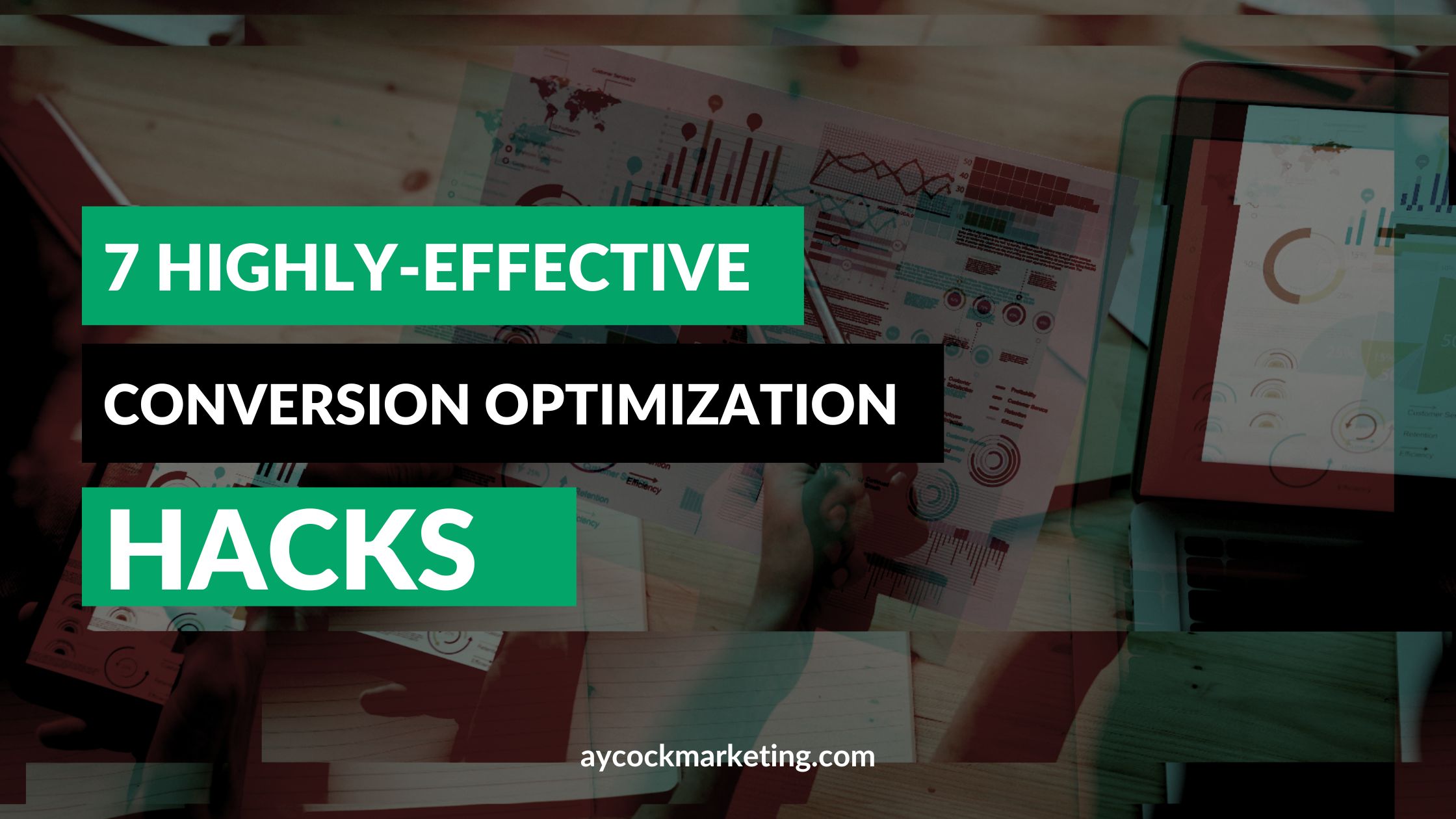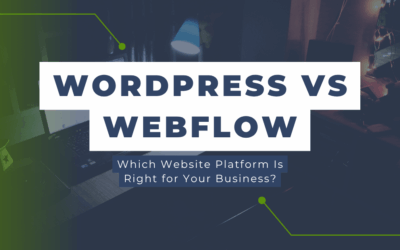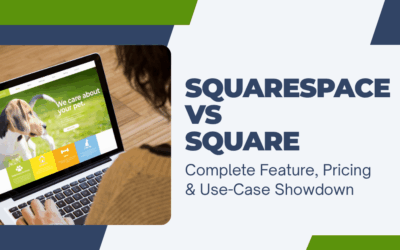Conversion rate optimization (CRO) is the technique of improving the rate at which visitors to a website convert into customers. It is a critical part of any business’s marketing strategy, as it can significantly impact revenue.
CRO can be achieved through a variety of tactics, such as improving page load time, creating a clear and compelling value proposition, utilizing social proof, making the call-to-action (CTA) prominent and easy to find, using images and videos, conducting A/B tests, and simplifying the checkout process. By implementing these tactics, businesses can improve their conversion rate, resulting in more customers and increased revenue.

Hack #1 – Improve page load time
Page load time is vital in determining whether visitors to a website will convert into customers. If a webpage takes too long to load, visitors may become frustrated and leave the website before taking action. On the other hand, if a page loads quickly, visitors will be more likely to stay on the website and take the desired action. This is why it is essential to optimize page load time, as it can significantly impact the number of conversions a website receives.
Tips for improving page load time
- Optimize images – Make sure the photos on your website are optimized for the web by compressing them, using the correct file format, and reducing the file size.
- Use a Content Delivery Network (CDN) – By using a CDN, content on your website can be delivered faster, resulting in faster page load times.
- Minimize HTTP requests – Try to reduce your website’s number of requests, as this can improve page load time. You can do this by combining files and utilizing caching.

Hack #2 – Use a clear and compelling value proposition
A value proposition is a sentence that communicates a product’s or service’s unique benefits to potential customers. It should clearly explain why customers should choose a particular product or service over its competitors and how it will solve their problems. A strong value proposition can help a business stand out from its competitors and increase conversions.
Tips for creating a solid value proposition
- Highlight unique selling points – Make sure to focus on the unique aspects of your product or service that set it apart from the competition.
- Address customer pain points – Show customers that you understand their problems and explain how your product or service can help solve them.
- Keep it concise – Keep your value proposition as straightforward as possible while providing essential information.
Use This Fill-in-the-Blank Value Proposition Formula
A [product or service] that [describe the main benefit] and [describe secondary benefit], helping [target audience] [achieve the desired outcome].

Hack #3: Utilize social proof
Social proof is a marketing tactic that relies on the power of social influence to encourage people to take the desired action. It is based on the idea that people tend to trust the actions of others more than they trust their own opinion. You can use social proof to build trust and credibility with potential customers, leading to higher conversion rates. Examples of social proof include customer reviews, testimonials, and trust badges.
Tips for incorporating social proof into your website or landing page
- Display customer reviews: Displaying customer reviews on your site is one of the most effective ways to show potential customers that you have a strong reputation.
- Feature customer testimonials: Customer testimonials provide another way to show potential customers that previous customers have had a good experience with your product or service.
- Incorporate trust badges: Incorporating them on your website can help build trust with potential customers, as they represent your credibility.
Common Social Proof Pitfalls
There are some common pitfalls to avoid when using social proof on a website. These include:
- Not displaying enough social proof – Too little social proof can make it difficult for potential customers to trust your product or service.
- Not updating social proof regularly – It is essential to keep it updated, as outdated content can make it seem like your product or service is no longer relevant.
- Displaying irrelevant social proof – Make sure your social proof is relevant to your product or service, as irrelevant content can be confusing and off-putting to potential customers.

Hack #4: Make the call-to-action prominent and easy to find
The call-to-action (CTA) on a website is an essential element that can significantly impact conversions. A CTA should be easy to find and stand out visually, so visitors to the website can easily take the desired action. By making the CTA prominent and easy to find, businesses can increase the number of conversions they receive.
Tips for creating a compelling CTA
- Use actionable language – Make sure your language in your CTA is clear and concise and encourages visitors to take the desired action.
- Make it stand out visually – Use colors, designs, and other visual elements to make your CTA stand out from the rest of the content on the page.
- Place it in a prominent position – Make sure your CTA stands out and is easy to find on the page. It would help if you placed it in a prominent position at the top or bottom of the page.

Hack #5: Use images and videos
Using images and videos on a website can significantly impact conversions. Visual media can help capture visitors’ attention and engage them with the content. It can also help to explain complex concepts and ideas in a more accessible way. By using high-quality visuals, businesses can create a more engaging experience for visitors, resulting in more conversions.
Tips for using images and videos effectively
- Use high-quality visuals – Make sure the images and videos you use on your website are high-quality and visually appealing.
- Show the product or service in use – Showing visitors how your product or service works can be a great way to demonstrate its value.
- Include captions – Adding captions to images or videos can help explain their content and make them easier to understand.
Some types of images on a website should be avoided, as they can hurt conversion rates. These include overly busy and confusing photos, low-quality or blurry images, and shots irrelevant to the content or message. Additionally, images containing harmful or controversial content should be avoided, as they can create a negative impression and decrease conversions.

Hack #6: Use A/B testing
A/B testing is a marketing technique that compares two versions of a webpage to determine which one performs better. It involves creating two versions of a webpage with different elements, such as the layout, design, or copy. Visitors are randomly shown one of the two versions, and the performance of each version is then measured. This allows marketers to determine which version performs better and make improvements accordingly.
Tips for conducting A/B tests
- Choose a clear test hypothesis – Before beginning an A/B test, it is vital to have a clear test hypothesis outlining the test’s goal and the expected outcomes.
- Set up tracking – Make sure you have a system to track and measure the results of your A/B tests.
- Keep testing – A/B testing is an ongoing process, so it is essential to keep testing different versions of your website to see what works best.
Tools for A/B Testing
A/B testing is an integral part of any business’s marketing strategy, as it can help to optimize website performance and improve conversions. To ensure successful A/B tests, marketers need to have the right tools at their disposal. Here are some of the most popular tools for A/B testing:
- Google Optimize: Google Optimize is a free A/B testing tool that allows you to quickly create and run experiments on your website.
- Optimizely: Optimizely is a popular A/B testing tool that provides a wide range of features, such as advanced targeting and segmentation.
- VWO: VWO is an A/B testing and optimization platform that helps you make data-driven decisions to improve your website’s performance.
- AB Tasty: AB Tasty is an A/B testing platform that provides powerful analytics and reporting capabilities.
- Convert: Convert.com is an A/B testing and personalization platform that helps you understand customer behavior and optimize the user experience.

Hack #7: Simplify the Checkout Process
The checkout process is an integral part of any eCommerce website, as it is the last step before potential customers can complete a purchase. However, it can also be one of the most significant barriers to conversions, as a complicated or lengthy checkout process can cause customers to abandon their carts. It is important to simplify the checkout process to ensure a smooth checkout experience and maximize conversions.
Tips for streamlining the checkout process
- Minimize form fields – Try to reduce the number of form fields customers have to fill out in the checkout process. Minimizing fields can help reduce the time necessary to complete the checkout process.
- Offer multiple payment options – Offering various payment options can make the checkout process more convenient for customers, as they can choose the payment method that works best for them.
- Provide progress indicators – Including progress indicators in the checkout process can help customers keep track of their progress and reassure them that they are on the right track.
Try Out These Conversion Optimization Hacks Today!
Now that you know the top conversion optimization hacks, it’s time to start! These hacks can help you improve your website’s performance and increase the number of conversions you receive. So, what are you waiting for? Start implementing these hacks today and watch your conversions skyrocket!




